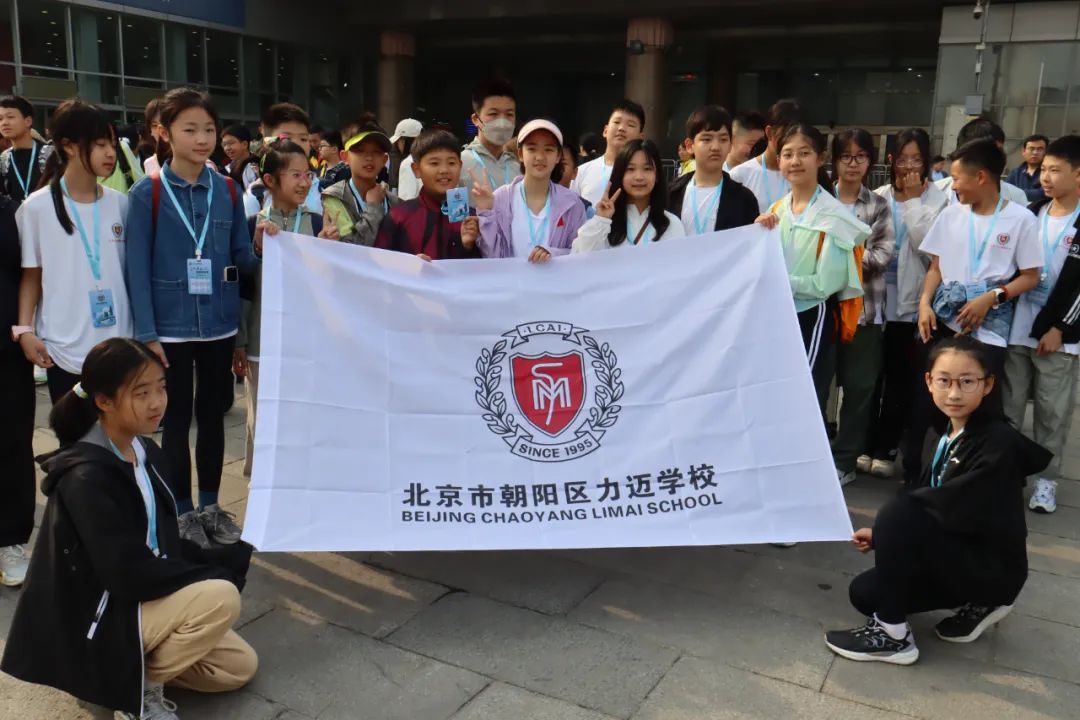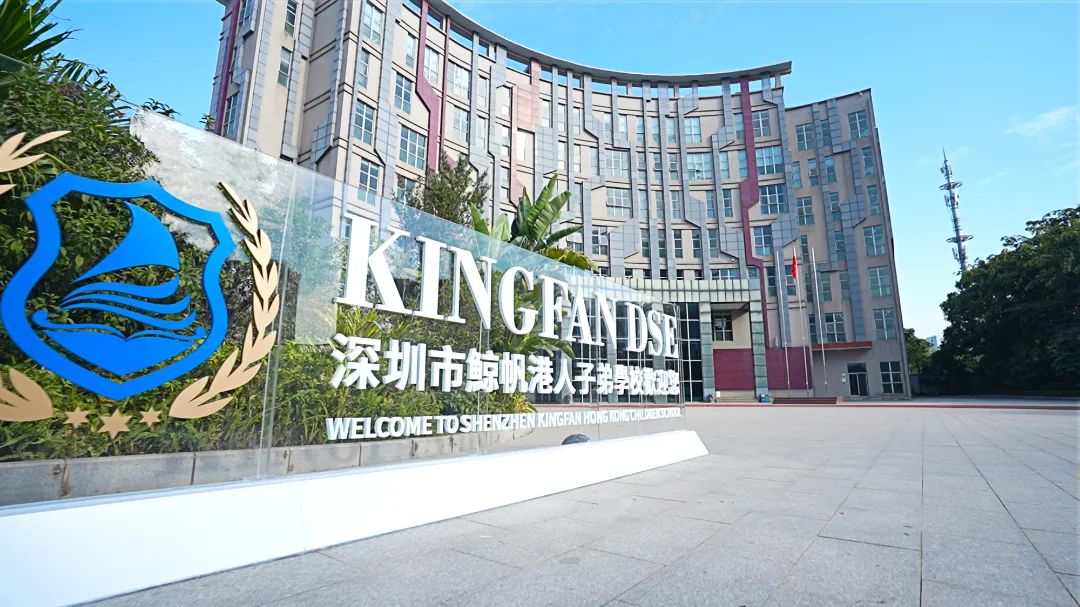【PBL华美国际化课程】初探之三
Swipe left to view English
项目化学习包含了多种课程样态,从最具有系统性和跨学科项目化学习特征的IB课程,到主题式活动、研究性学习;从基于问题的学习、探究学习、STEAM课程到基于现象的教学等。这些都是基于情境的学习的理论假设,即认为学生在解决真实世界的问题中学得最好。但是,它们在项目化的程度上是有差异的。
真正意义上的跨学科项目化学习不是一种点缀,也不仅是学科拼盘,或者学科实践活动,它是学生通过真实而有意义的问题探讨,用类似于真实的成年专家(如科学家、作家、历史学家)解决问题的方式,像认知学徒一样参与到学习的过程中。
真实的驱动性问题。驱动性问题包含有价值的内容,以真实世界中的情境作为锚点,让整个项目活动连贯、一致。
学生在真实情境中对这个驱动性问题展开探究。类似科学专家的研究过程,学生在探究过程中学习和应用学科思想。在这一过程中,尤其重要的是如何采集证据、使用证据,做客观的描述,利用证据进行推论和解释。
学生经常做项目化小组的方式学习。教师要发展学生的合作能力,进行倾听、论证,利用证据进行集体的交流与论证。
学生最终产生可以公开发表的成果。产品是知识建构的外在表现,学生在创造产品中重构他们的理解。真实学习性的过程是非线性的,学生理解力的发展状况需要通过产品表现出来。通过这些产品,教师可以评估学生提出问题的能力、设计能力、收集和处理信息的能力等。学生的产品使得他们的个人理解、思维可视化。
Total number of words:353 words
Project-Based Learning (PBL) encompasses various forms of curriculum, ranging from the IB program with the most systematic and interdisciplinary features to theme-based activities, research-based learning; from problem-based learning, inquiry learning, and STEAM courses to phenomenon-based teaching. These are all based on the theoretical assumption of situated learning, suggesting that students learn best when solving real-world problems. However, there are differences in the degree of project-based learning among them.
Authentic interdisciplinary project-based learning is not just an embellishment, nor is it merely a mosaic of subjects or disciplinary practices. It involves students engaging in the learning process similar to cognitive apprenticeship, exploring real and meaningful problems and solving them in a manner similar to how real-world experts (such as scientists, writers, historians) would. The students participate in the learning process akin to cognitive apprenticeship, actively engaging with real-world problems in a meaningful manner.
Project-based learning includes the following elements:
Authentic Driving Questions: The driving questions are meaningful and anchor the entire project in real-world contexts, ensuring coherence and consistency throughout the project activities.
Student Inquiry in Real Contexts: Similar to the research process of scientific experts, students engage in inquiry within real-world contexts, learning and applying disciplinary thinking during the investigative process. It is crucial for students to learn how to collect and use evidence, provide objective descriptions, and use evidence for inference and explanation.
Collaborative Learning in Project Teams: Students frequently learn in project teams. Teachers aim to develop students' collaborative skills, fostering listening, debating, and utilizing evidence for collective communication and argumentation.
Utilization of Various Tools and Resources for Problem Solving: Students employ a variety of tools and resources to facilitate problem-solving.
Publicly Shareable End Products: Students ultimately produce outcomes that can be publicly shared. These products serve as external manifestations of knowledge construction, allowing students to reconstruct their understanding through the creation of these products. The authentic learning process is non-linear, and students' developmental progress in understanding needs to be demonstrated through their products. Through these products, teachers can assess students' abilities in posing questions, design, and information collection and processing. The students' products make their individual understanding and thinking visible.

声明:本文内容为国际教育号作者发布,不代表国际教育网的观点和立场,本平台仅提供信息存储服务。
课程设置:双语国际课程,香港DSE课程
学费区间:6.8-14.8万/年





